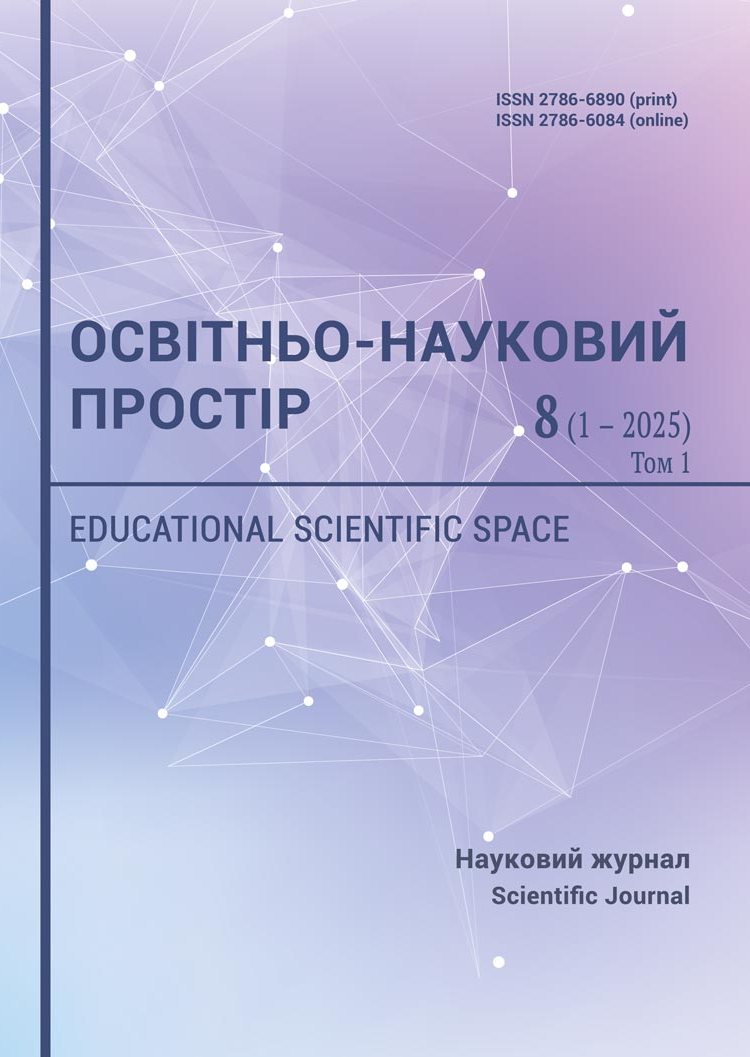Didactic potential of using game mechanics in training future teachers to work with educational media content
DOI:
https://doi.org/10.31392/ONP.2786-6890.8(1)/1.2025.05Keywords:
gamification in education, game technologies, game mechanics, educational media content, training of future teachers, didactic potential, professional competencesAbstract
The article deals with the didactic potential of using game mechanics in training future
teachers to work with educational media content. The relevance of using gamification as an effective means of increasing student motivation, engagement and development of professional competences is substantiated. The key game mechanics, such as level progress, rewards, rating systems, competitive and cooperative elements, as well as their impact on the quality of the learning process are analysed. The features of Fogg’s behavioural model (B=MAP) in the context of gamification of education are investigated, which allows explaining the mechanisms of students’ involvement in learning activities.
Particular attention is paid to the analysis of the dynamics of interest in the concepts of
‘gamification’, ‘game technologies’ and ‘game mechanics’ using Google Trends data, which indicates the growing popularity of these concepts in the world and a relatively lower level of distribution of the term ‘game mechanics’ in Ukraine. The author analyses domestic and foreign studies confirming the effectiveness of introducing game mechanics into the educational process and outlines the key trends in their use in foreign educational institutions.
The potential risks of introducing game mechanics are identified, in particular, the possibility of shifting the emphasis from educational content to external stimuli and the need to balance between traditional and gamified teaching methods. The article offers practical recommendations for integrating game mechanics into teacher training curricula and outlines prospects for further research in this area.

